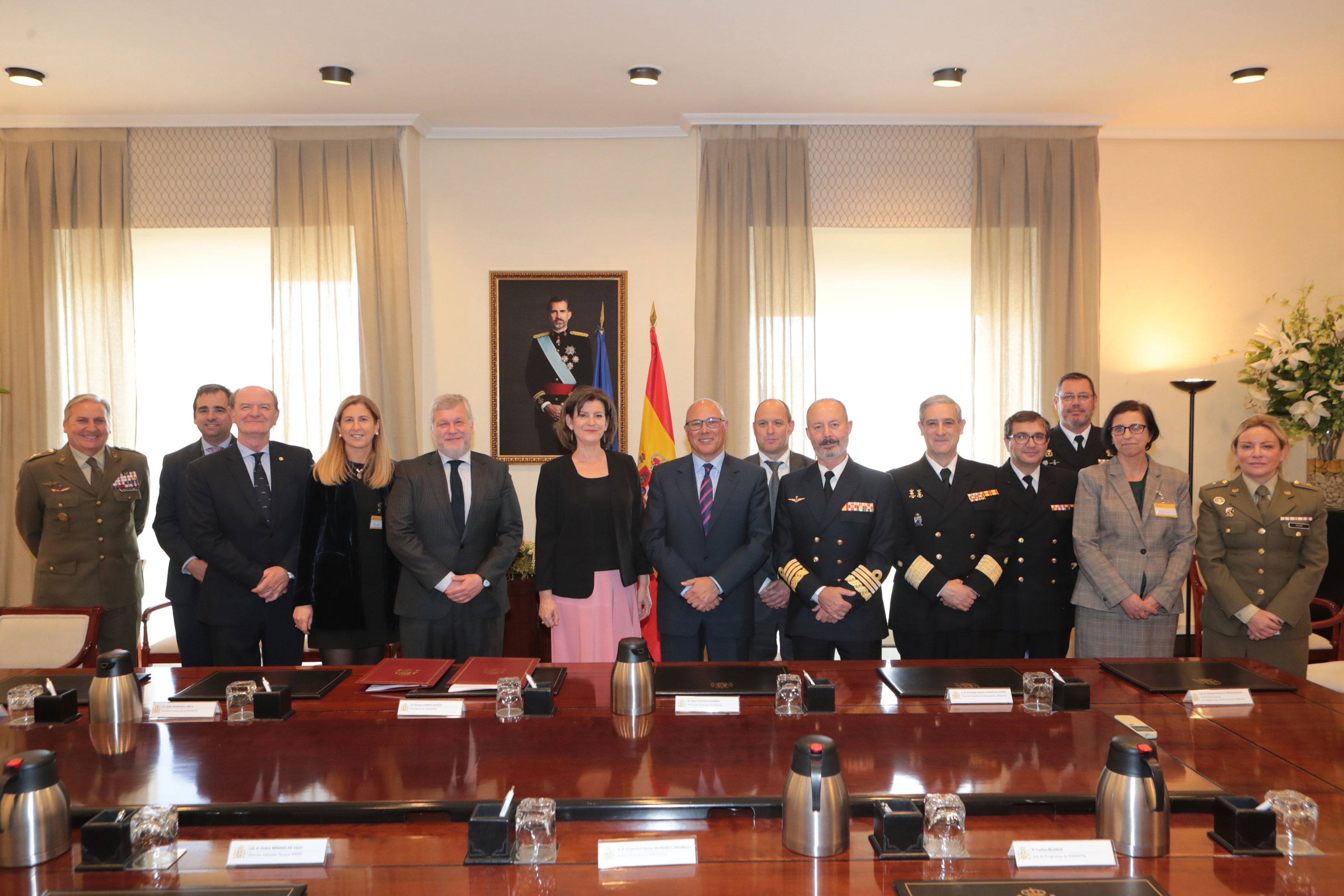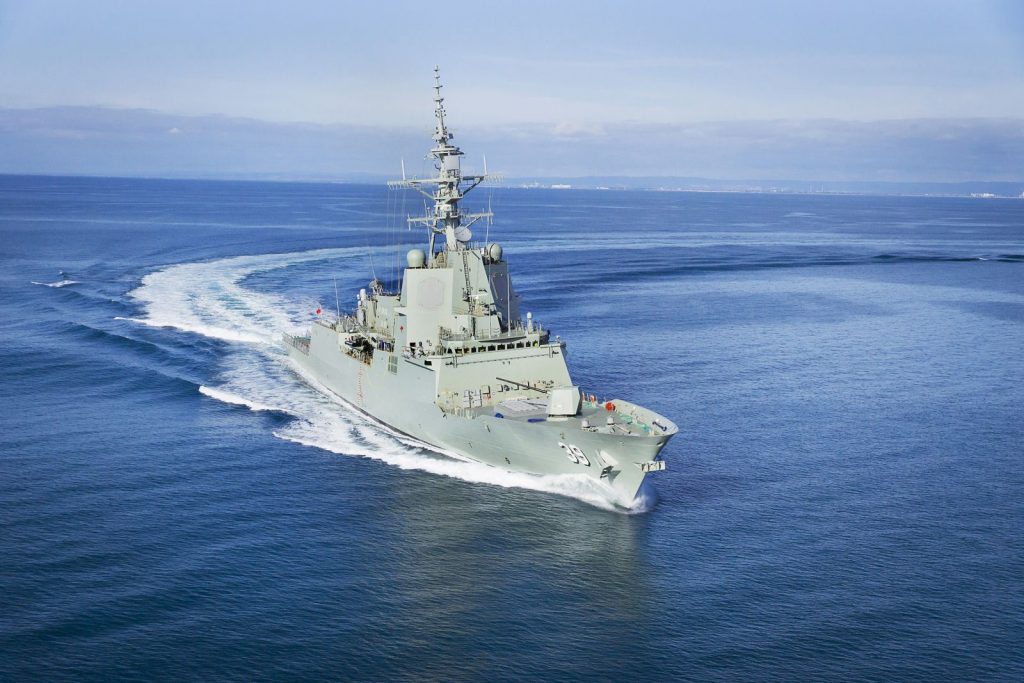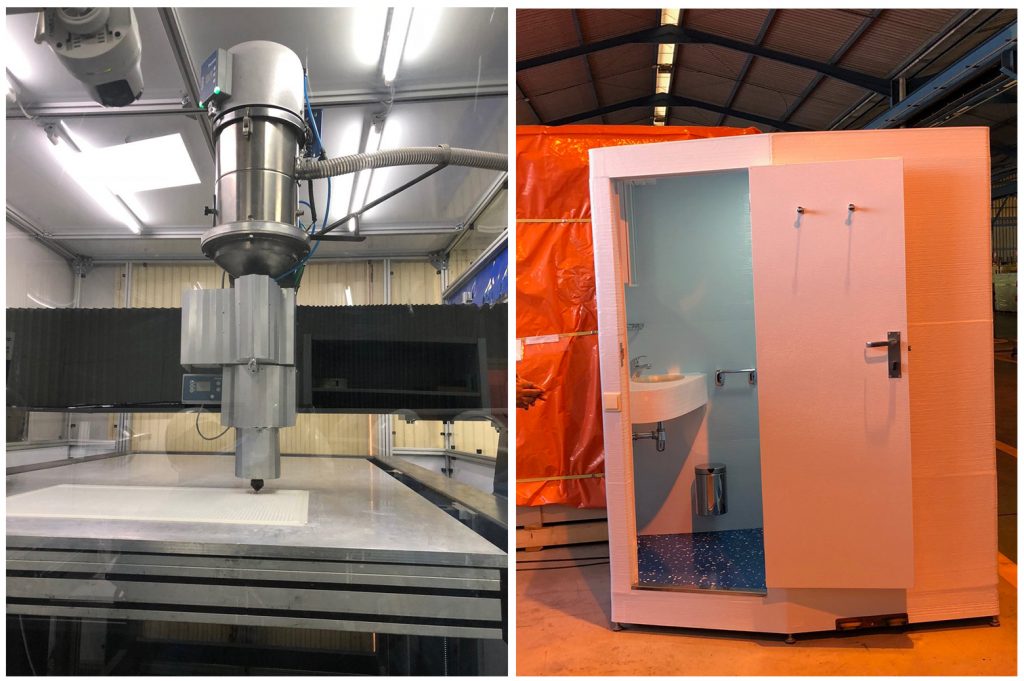Spanish shipbuilder Navantia has signed a contract with the Ministry of Defense to construct five F-110 frigates (warships) incorporating additive manufacturing for the Spanish Navy.
According to the company, these ships will be the first in the fleet to have integrated Industry 4.0 technologies with 3D printed components as well as cybersecurity system that shields ships against threats.

ASTILLERO 4.0
As part of the Spanish naval framework, ASTILLERO 4.0, the construction of the five frigates will involve advanced integrated control and simulation systems, i.e., a digital twin. This framework is part of Navantia’s mission to transform shipbuilding into a process that leverages digitalization for more efficient transportation systems.
In addition, the new generation of F-110 frigates will be built in Ferrol with 80% of its supplies coming from Spain. The industry 4.0 technologies will reduce the number of crew members needed for the ship’s operation. This includes sensors and antennas, a new hybrid propellant plant, and unmanned vehicles on board for the future installation of directed energy weapons.
ASTILLERO 4.0 has also been established to benefit Navantia’s employment by providing an estimated 7,000 jobs annually for almost a decade. Furthermore, the workload of the Ferrol Shipyard will also generate activity in the Bay of Cadiz, through Navantia Sistemas – the systems division of the company.

Navantia and 3D printing
Last year, Navantia launched a 3D printed parts trial aboard the Monte Udala Suezmax oil tanker. This was done in collaboration with the INNANOMAT (Materials and Nanotechnology Innovation) lab at the University of Cádiz (UCA). These tankers are built to the largest ship measurements capable of transiting Egypt’s Suez Canal, that is, 50 meters wide, and up to 68 meters tall.
As such, a purpose-built 3D printer, the S-Discovery, was developed for making large-scale boat parts. As a trial run, the company has 3D printed two grills for the Monte Udala’s ventilation system.

Vote now in the 2019 3D Printing Industry Awards.
Subscribe to our 3D printing newsletter and follow us Facebook and Twitter for the latest additive manufacturing updates.
Visit our 3D Printing Jobs board to find out more about opportunities in additive manufacturing.
Featured image shows a guided-missile frigate. Photo via Navantia.


